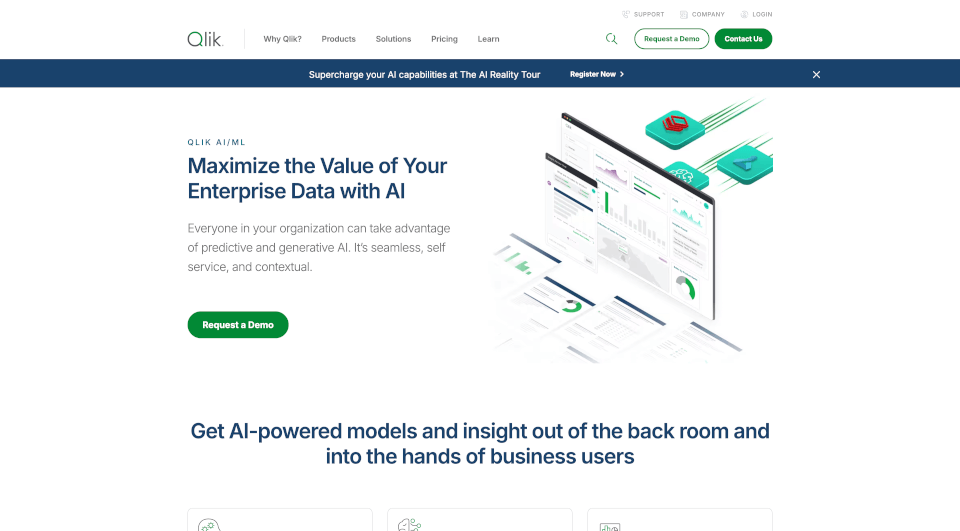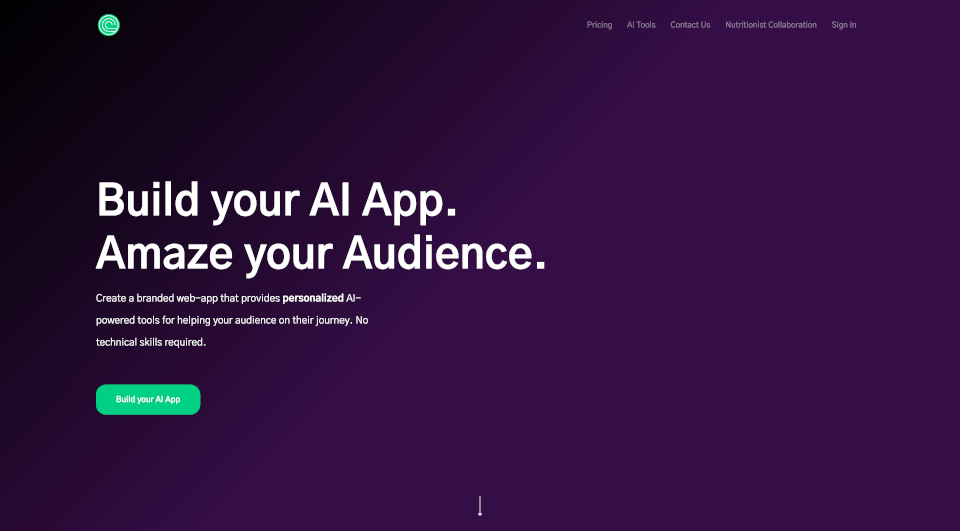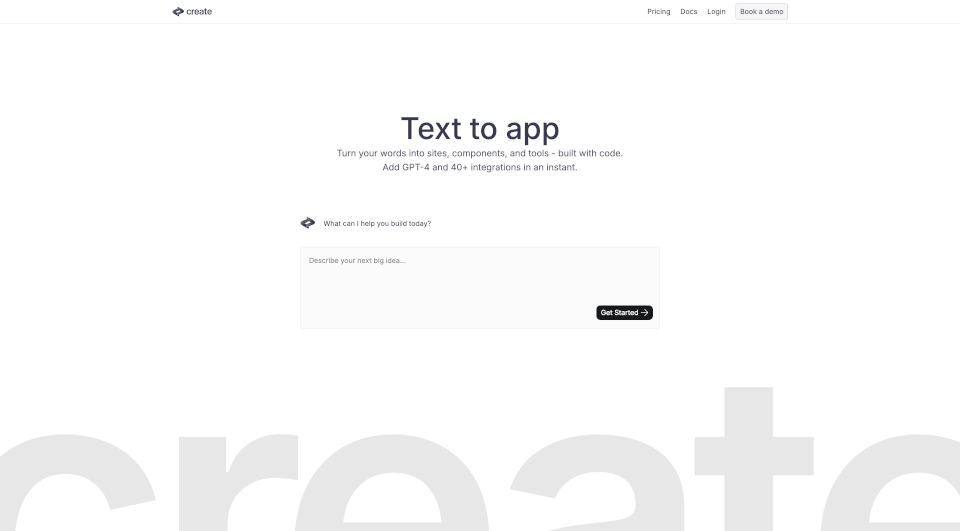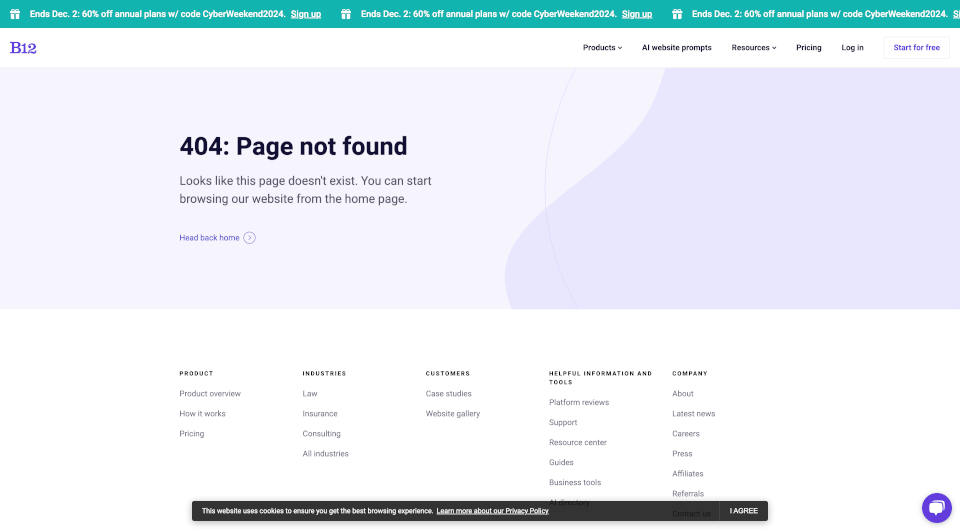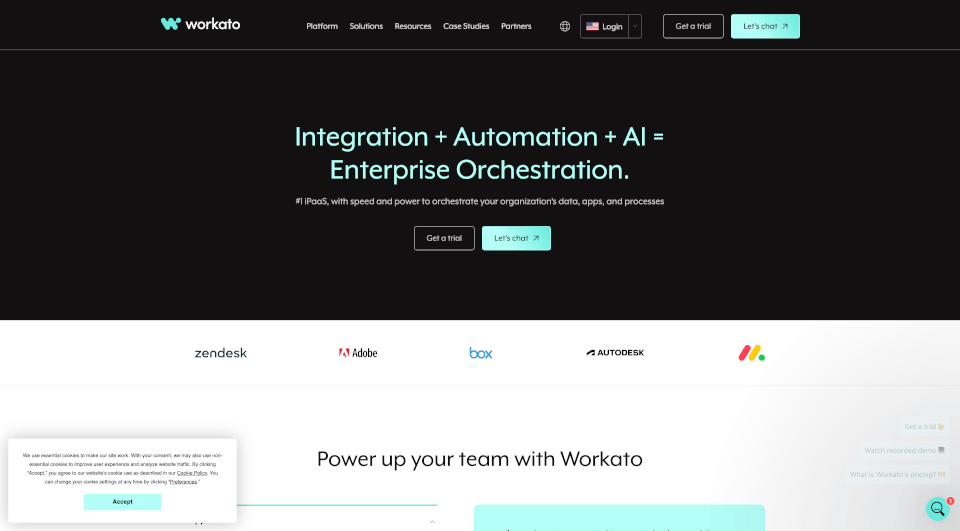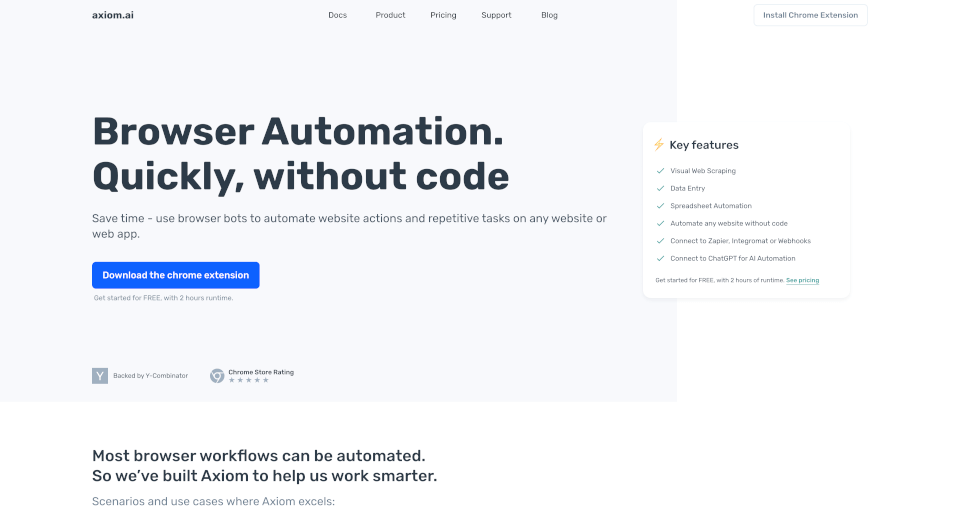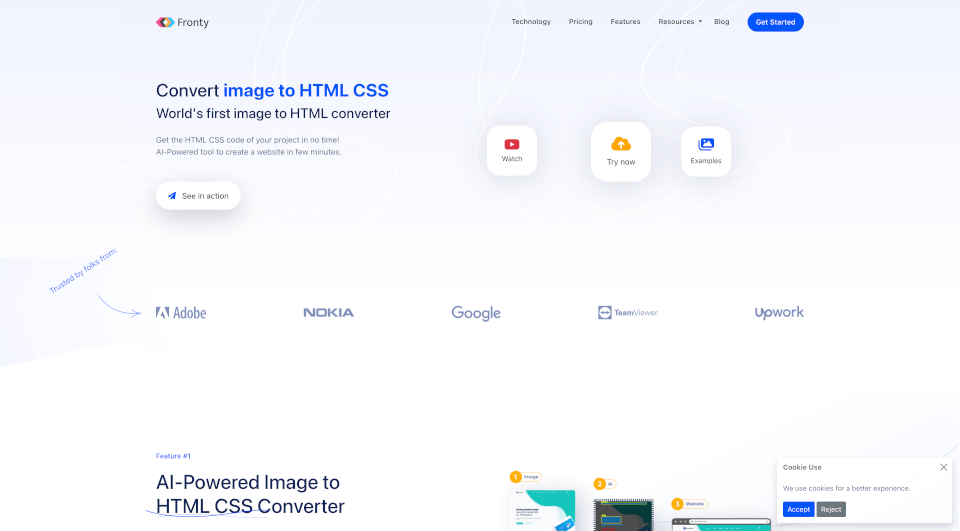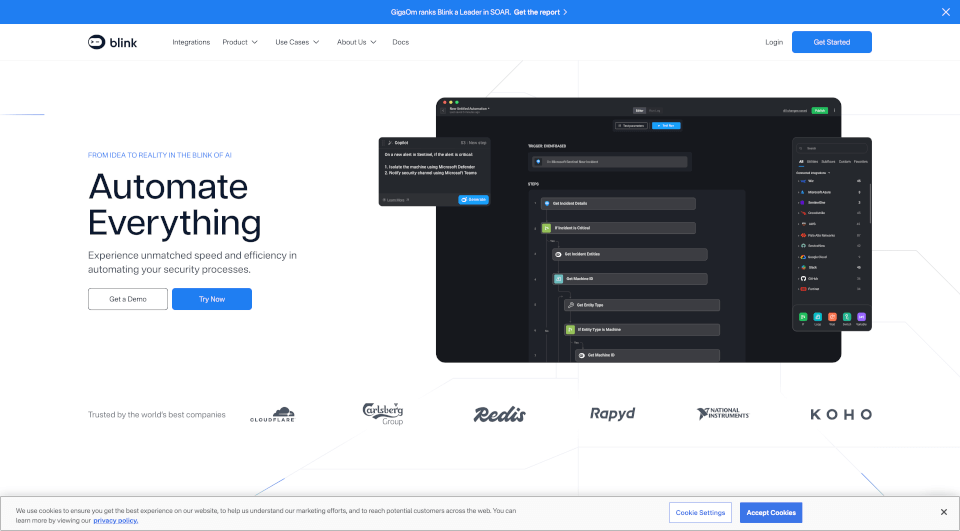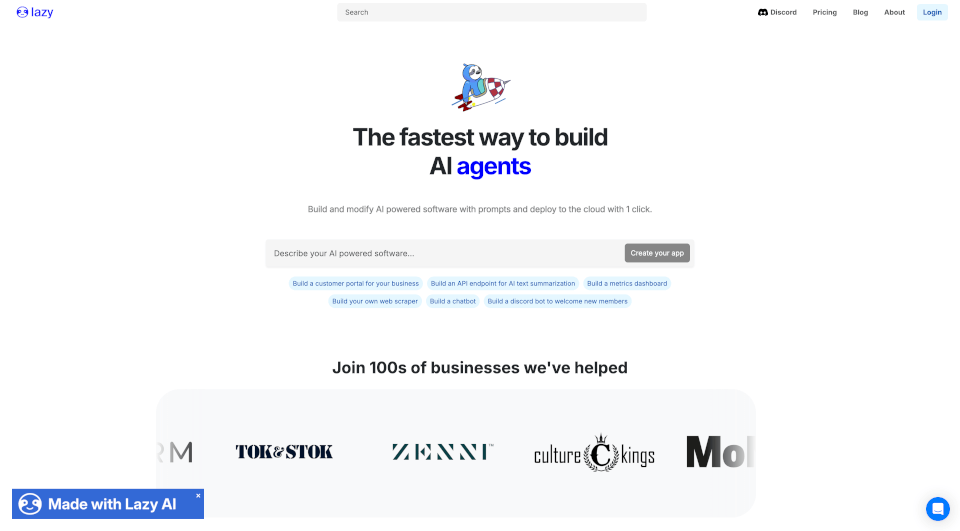What is Qlik AutoML?
Qlik offers a comprehensive suite of data-driven solutions that empower organizations to make informed decisions through advanced AI and machine learning capabilities. By seamlessly integrating, transforming, analyzing, and acting on data, Qlik enables businesses to turn insights into real business outcomes. With a focus on facilitating every user in the organization, Qlik's tools are designed to enhance decision-making and foster a culture of data literacy.
What are the features of Qlik AutoML?
1. AI & Machine Learning Integration
Qlik's advanced AI and machine learning capabilities seamlessly integrate into everyday analytics workflows. This integration helps users access predictive insights more easily without needing extensive data science knowledge.
2. AutoML®
Qlik AutoML allows business users to experiment with machine learning models effortlessly. Users can create, explore, and publish predictive models without the need to be a data scientist, unlocking the potential for informed decision-making across various levels of the organization.
3. Qlik Answers™
This AI-driven feature generates meaningful insights from unstructured data, providing personalized answers and contextual intelligence. By leveraging Qlik Answers, organizations can respond to complex questions quickly and efficiently.
4. Data Integration and Quality
Qlik’s data integration capabilities allow users to access and combine data from diverse sources, ensuring that insights are grounded in reliable and high-quality data.
5. Predictive Analytics
By utilizing robust predictive modeling tools, Qlik enables organizations to forecast future outcomes based on historical data, helping businesses anticipate trends and changes in their markets.
What are the characteristics of Qlik AutoML?
- User-Friendly Interface: Qlik's products are designed with user experience in mind, making it easier for business users to navigate the tools without extensive training.
- Scalability: Qlik’s solutions grow with the organization, allowing for easy integration of new data sources and functionalities as needs evolve.
- Trust and Governance: With built-in governance features, organizations can ensure transparency and reliability in their data analytics processes.
- Real-Time Insights: Qlik provides real-time data analytics capabilities, allowing businesses to act on insights as they emerge rather than relying on outdated information.
What are the use cases of Qlik AutoML?
1. Financial Services
In the financial services industry, Qlik enables firms to perform detailed risk assessments, customer analytics, and regulatory compliance reporting quickly and accurately. Predictive analytics helps firms anticipate market fluctuations and customer needs.
2. Healthcare
Qlik's solutions can enhance patient outcomes by integrating data from various healthcare sources. This integration allows providers to analyze patient trends, optimize operational efficiencies, and ensure compliance with health regulations.
3. Retail
Retailers can leverage Qlik’s analytics tools to track consumer behavior, streamline inventory management, and enhance customer experiences. Predictive insights allow for personalized promotions and pricing strategies based on real-time data.
4. Public Sector
Government agencies can use Qlik to analyze service delivery effectiveness, improve operational efficiencies, and increase transparency. Data-driven insights facilitate better decision-making and resource allocation.
5. Manufacturing
Manufacturers can optimize production processes by analyzing data from the supply chain, identifying bottlenecks, and predicting maintenance needs, ultimately leading to reduced downtime and heightened productivity.
How to use Qlik AutoML?
To get started with Qlik, follow these simple steps:
- Sign Up: Visit the Qlik website and create an account to access the product suite.
- Integration: Connect your data sources to Qlik to start analyzing data.
- Explore Features: Familiarize yourself with features like Qlik AutoML and Qlik Answers to maximize your analytics capabilities.
- Training Resources: Use Qlik’s training materials and self-paced courses to enhance your understanding and skills.
- Start Analyzing: Begin building dashboards, generating reports, and deriving insights from your data.
